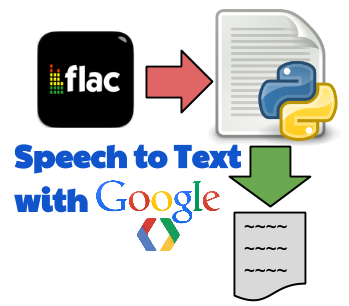

Image source: Wikipedia Phoneme recognition A spectrogram is a visual representation of sound, with time on the X-axis, frequencies on the Y-axis, and intensity represented by brightness. This is done using a technique called Fast Fourier Transform (FFT), which converts the sound input into a spectrogram. The next step in the process is to isolate individual frequencies from the sound input. The microphone converts sound waves into an electrical current, which is then converted into voltage and read by a computer. To convert sound into a digital format that computers can understand, a microphone is used. The first challenge in speech-to-text technology is that sound is analog, while computers can only understand digital inputs. Here is a more detailed explanation of how speech-to-text technology works: Sound conversion It is used in a variety of applications, including voice assistants, transcription services, and accessibility tools.

Speech-to-text technology is a type of natural language processing (NLP) that converts spoken words into written text. So, let's dive in and see what makes speech-to-text such a powerful tool for businesses and individuals alike. We'll also take a look at the future of speech-to-text and see how this technology is likely to continue to improve and expand in the coming years. In this article, we will explore the different methods of speech-to-text and how it is used in various applications, including transcription services, voice recognition software, and accessibility tools.
SPEECH TO TEXT API EXAMPLE FULL
However, there are still challenges that need to be addressed in order for this technology to reach its full potential. According to Forrester's survey, many information workers in North America and Europe use voice commands on their smartphones at least occasionally, with the most common use being texting (56%), searching (46%), and navigation/directions (40%). ASR allows users to speak commands and control their devices using their voice, making it a popular choice for virtual assistants, captioning and transcription, customer service, education, medical documentation, and legal documentation. Speech-to-text, or automatic speech recognition (ASR), technology has been around for a while, but it is only recently that it has gained widespread adoption.


 0 kommentar(er)
0 kommentar(er)
